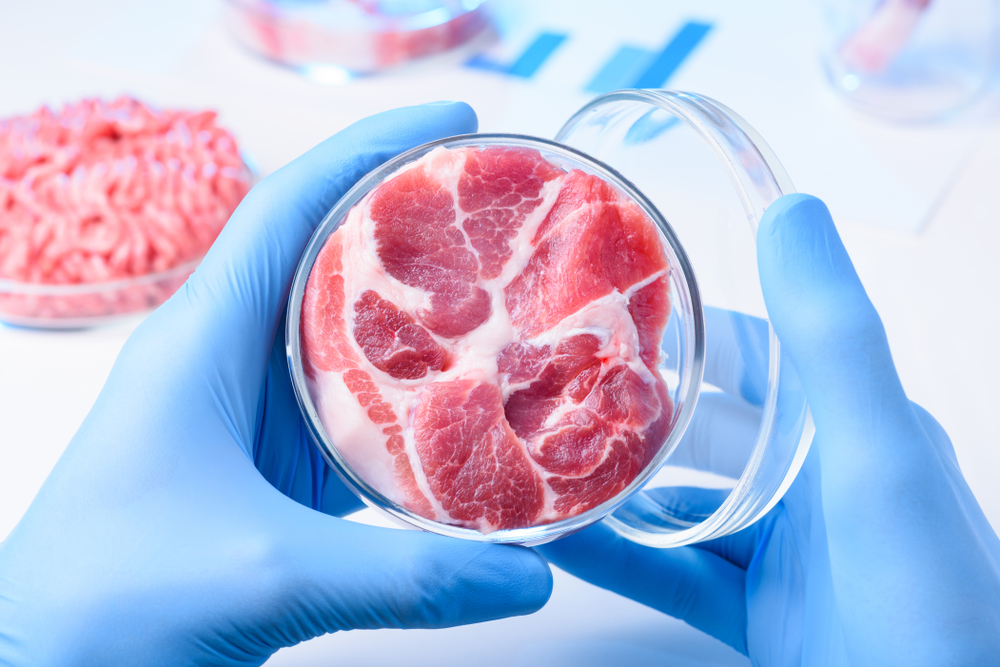It didn’t get much attention when US President Joe Biden launched a biomanufacturing initiative last September.
But it should have. Biomanufacturing is about harnessing nature’s factories – cells – to make just about anything. That includes food. As Biden pointed out, biomanufacturing could boost food security at a time when prices are spiking amid geopolitical strife and unprecedented droughts, floods and fires.

How? By cultivating meat. Having a lamb roast for dinner has traditionally required rearing animals, slaughtering them, and discarding inedible parts. But technology has advanced to the point we can now grow animal muscle cells in bioreactors.
To date, Australia has no such initiative. But we should. Agriculture and biotechnology are two of our national strengths. And we are exceptionally vulnerable to climate change. Cultivated meat has come a long way, but it’s still not cost-competitive with traditional meat. The last hurdle to be overcome is scale.
Why do we need this technology?
To create a new farm, you have to remove most of what was there before – forests, grasslands, wetlands. Cows, sheep, chickens and pigs are hungry, so the demand for soybeans and other feed shoots up. And cows belch out methane from the fermenting grass in their stomachs. Animal agriculture contributes nearly 15% of the worlds emissions – and cows make up the largest share of that.

While growing and eating plants directly is still the most calorie efficient way to produce food, many people who have grown up eating meat are unlikely to switch to fully vegetarian diets. The taste and texture of animal muscle and fat tissue just can’t be fully replicated by plant proteins and oils.
The mince in your bolognese started as a cow which, in Australia, spent most of its life outdoors, grazing on grass and exposed to the sun.
Cows are much more sensitive to heat than we are, as they can’t get rid of as much heat by sweating. They prefer temperatures below 20℃. During heatwaves, they can suffer heat stress, which can lead to organ failure and death.

Australia has already warmed more than the global average, at 1.4℃. By 2100, if nothing is done, it could be more than 3℃ warmer. Our cows aren’t going to like it.
** Click here to read the full-text **









